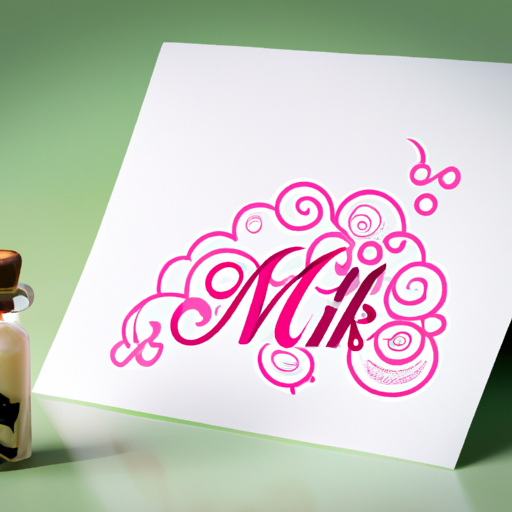Understanding Excessive Sweating Causes
Excessive sweating, also known as hyperhidrosis, can be an uncomfortable and sometimes embarrassing condition.
You might find yourself thinking, “I sweat too much,” and wondering why.
The causes of excessive sweating are numerous and varied.
To better understand this condition, let’s delve into the main culprits behind profuse sweating.
Primary Hyperhidrosis: The Genetic Link
One of the primary causes of excessive sweating is primary hyperhidrosis.
This form of hyperhidrosis is often inherited and usually starts in childhood or adolescence.
It’s characterized by excessive perspiration localized to specific areas like the hands, feet, underarms, or face.
For those grappling with primary hyperhidrosis, it can feel like an uphill battle to stop sweating.
Research suggests that primary hyperhidrosis may be related to genetic factors.
If your parents or siblings suffer from over-sweating treatment issues, you might be more prone to developing this condition yourself.
While the exact genes involved haven’t been pinpointed yet, the familial trend is strong enough to suggest a hereditary component.
Understanding that your excessive perspiration may have a genetic basis can help you take steps toward effective treatment for excessive sweating.
Secondary Hyperhidrosis: Underlying Conditions
Secondary hyperhidrosis differs from its primary counterpart in that it usually signals an underlying health condition.
Unlike primary hyperhidrosis which targets specific areas, secondary hyperhidrosis often results in generalized sweating across the entire body.
Certain medical conditions contribute significantly to secondary hyperhidrosis:
– Thyroid disorders: An overactive thyroid (hyperthyroidism) can elevate your body’s metabolic rate, leading to increased heat production and subsequent sweating.
– Diabetes: Fluctuating blood sugar levels can trigger profuse sweating episodes.
– Infections: Tuberculosis and HIV are examples of infections associated with night sweats.
– Medications: Some drugs like antidepressants or blood pressure medications list excessive sweating as a side effect.
Keeping tabs on these conditions through regular check-ups can be crucial in managing your symptoms effectively.
Lifestyle Factors That Lead To Excessive Sweating
Your day-to-day habits also play a significant role in whether you find yourself saying “I sweat too much.”
From diet to stress levels, several lifestyle factors influence how much you perspire.
– Diet: Spicy foods trigger thermogenic responses that increase body heat and induce sweating.
– Alcohol consumption: Drinking alcohol dilates blood vessels and raises your heart rate, which can lead to increased sweat production.
– Stress And Anxiety: Emotional stress activates the sympathetic nervous system—the same system responsible for ‘fight-or-flight’ responses—causing sweaty palms or underarms during high-pressure situations.
Addressing these lifestyle factors by adopting healthier habits can mitigate some of your over-sweating issues. For instance, switching from spicy foods to milder options or reducing alcohol intake might just provide some relief.
Managing And Treating Excessive Sweating
Now that we’ve explored several causes behind excessive perspiration let’s turn our focus towards potential solutions.
As daunting as it may seem when you’re living with this condition daily there’s hope on the horizon through various treatment options available today aimed at helping individuals stop sweating excessively:
Over-the-counter Solutions And Prescription Treatments
For those suffering from mild forms of hyperhidrosis simple changes such as using stronger antiperspirants available over-the-counter could make all difference needed:
These products contain aluminum-based compounds which block sweat glands temporarily reducing moisture levels significantly; however stronger prescription-strength antiperspirants might be necessary cases extreme severity providing even greater efficacy blocking glandular activity altogether thus preventing seepage entirely!
Additionally oral medications designed specifically addressing symptoms certain underlying conditions responsible secondary types aforementioned earlier section offer another layer intervention potentially alleviating discomfort altogether if managed appropriately under supervision healthcare professional course duration prescribed regimen followed closely until desired results achieved consistently long-term basis thereafter without further complications arising unexpectedly due negligence mismanagement thereof etcetera…
Surgical And Non-surgical Procedures
When conventional methods fail advanced interventions include surgical non-surgical procedures offer viable alternatives worth exploring depending upon individual circumstances preferences comfort level associated risks benefits involved respectively accordingly…
Non-invasive treatments such as Botox injections have gained popularity recent years due their ability temporarily paralyze nerve endings controlling sweat gland function effectively minimizing secretion output considerably although repeated sessions required maintain results periodically scheduled intervals throughout year depending upon severity initial presentation case-by-case basis naturally!
Alternatively Endoscopic Thoracic Sympathectomy (ETS) offers permanent solution via surgical means involves cutting nerves responsible stimulating glands directly thereby eliminating source problem altogether albeit invasive risky undertaken only after exhaustive exploration other avenues exhausted thoroughly beforehand ensuring informed consent obtained prior undergoing operation course recovery period post-op monitored closely ensure optimal healing process achieved timely manner free complications arising unexpectedly during course thereof etcetera…
In conclusion understanding underlying causes contributing factors associated with excessive sweating critical devising appropriate management strategies tailored meet individual needs effectively efficiently possible given unique circumstances presented each case respectively accordingly thereby ensuring highest quality life attainable despite challenges posed condition itself overcoming adversity triumphantly ultimately thus enabling lead fulfilling productive life unhindered limitations imposed otherwise previously perceived insurmountable obstacles standing way achieving goals aspirations desired envisioned future ahead undoubtedly unquestionably always…

